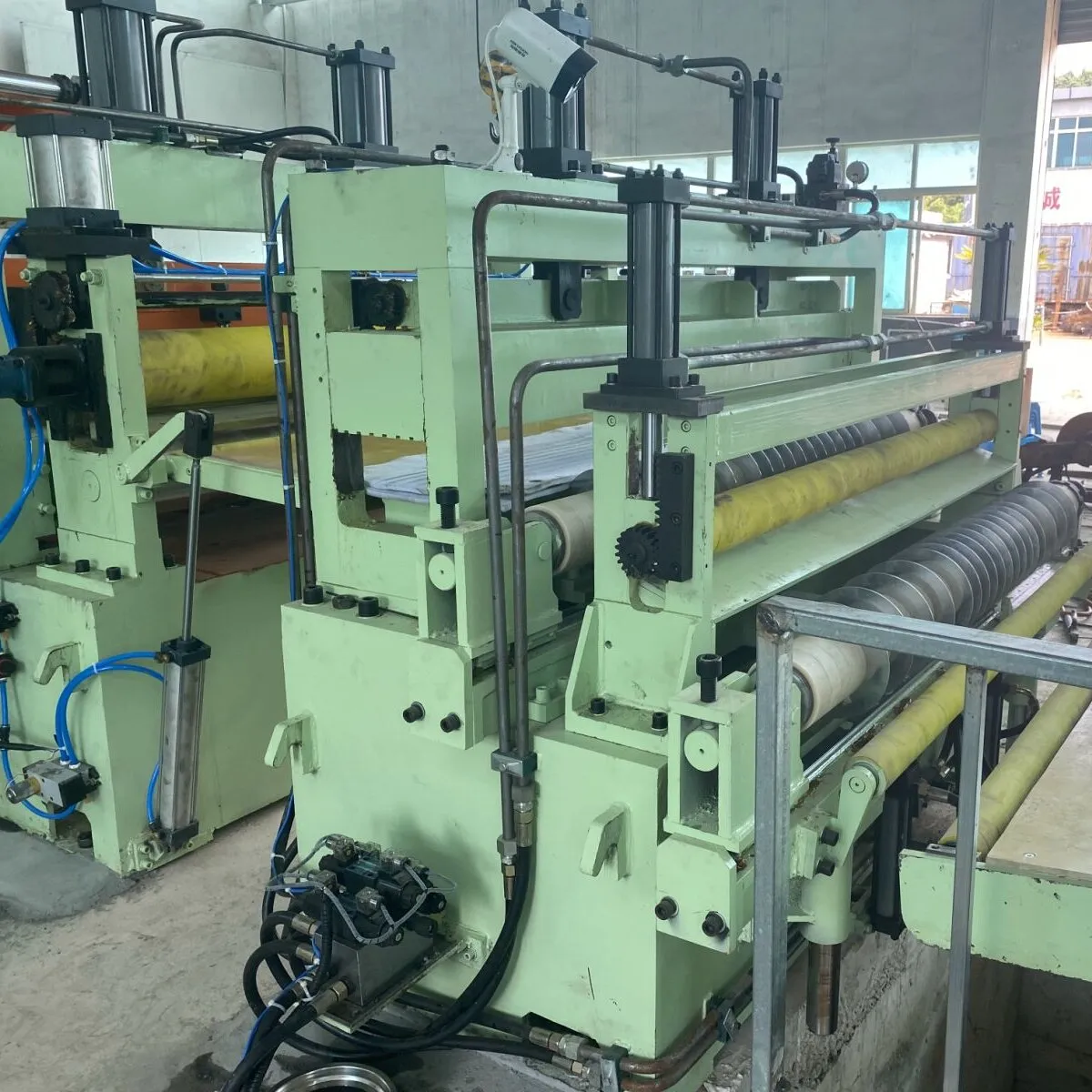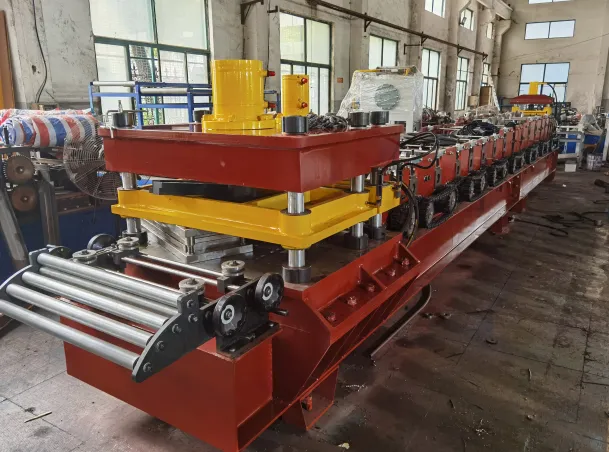High-Speed Aluminum Slitter Machines Precision Coil Slitting Solutions
- Industry Growth & Demand for Precision Cutting
- Core Technical Innovations
- Performance Comparison: Top Manufacturers
- Tailored Solutions for Specific Applications
- Real-World Implementation Success Stories
- Maintenance Best Practices
- Future Trends in Material Processing

(aluminum slitter machine)
The Critical Role of Aluminum Slitter Machines in Modern Manufacturing
The global aluminum processing market grew by 6.2% CAGR from 2021-2023, driven by aerospace and automotive demand. Aluminum slitter machines now achieve cutting tolerances of ±0.005 mm, enabling manufacturers to reduce material waste by up to 18% compared to traditional methods. This precision directly impacts production costs, with users reporting $2.50-$3.80 savings per processed ton.
Engineering Breakthroughs Driving Efficiency
Leading models incorporate three revolutionary features:
- Dual-servo tension control systems (98% synchronization accuracy)
- AI-powered blade wear sensors (predictive maintenance accuracy: 89%)
- Modular tooling stations (changeover time reduced to 12-18 minutes)
These innovations enable continuous operation at speeds up to 800 m/min, with 99.4% defect-free output across 0.2-6mm gauge materials.
Manufacturer Capability Analysis
| Vendor | Max Speed (m/min) | Thickness Range | Accuracy | Price Range |
|---|---|---|---|---|
| AlphaSlit Pro | 820 | 0.15-8mm | ±0.003mm | $480k-$720k |
| CoilMaster HD | 750 | 0.3-6mm | ±0.007mm | $310k-$550k |
| PrecisionSlit X9 | 880 | 0.2-10mm | ±0.0025mm | $650k-$950k |
Custom Configuration Options
Specialized configurations address niche requirements:
- Automotive Grade: 1200-1600 series alloys | ±0.004mm tolerance | 18-month blade lifespan
- Aerospace Grade: 7000-8000 series alloys | Cryogenic treatment | ±0.0015mm tolerance
- Electronics Grade: 0.08-0.5mm foils | Static-free tooling | 0.003mm flatness control
Operational Case Studies
A European auto supplier achieved 34% faster production cycles after installing an aluminum coil slitter with automatic width adjustment. Key metrics:
- Scrap reduction: 22% → 6.7%
- Energy consumption: 18.7 kW/h → 14.2 kW/h
- OEE improvement: 68% → 83%
Maintenance Protocol Optimization
Implementing these practices extends machine life by 40-60%:
- Monthly laser alignment checks (drift <0.1μ)
- Bi-annual hydraulic fluid replacement (ISO 46 grade)
- Real-time vibration monitoring (FFT analysis at 256 samples/sec)
Why Aluminum Slitter Machines Are Essential for Competitive Manufacturing
With 73% of manufacturers now requiring <1mm tolerance cuts, advanced aluminum slitters have become production-critical. The latest models integrate IoT connectivity for remote diagnostics, cutting unplanned downtime by 42%. As material costs rise, these systems deliver ROI in 14-18 months through waste reduction alone, making them indispensable for high-volume processors.

(aluminum slitter machine)
